Aligning Success: Transform Your Shop's Business with Wheel Alignment Services
Investing in wheel alignment equipment can be a sizable financial commitment for a shop. However, the absence of such equipment could result in missed opportunities for increased revenue as regular alignments are essential for today’s vehicles, helping to reduce tire and suspension wear while ensuring safe and stable driving performance.
Advanced wheel alignment equipment carries out alignments with speed and effectiveness, not only generating consistent and sustainable income, but resulting in elevated customer satisfaction and repeat business opportunities.
One of the first considerations when incorporating a wheel aligner into a shop footprint is the floor space it requires. Historically, wheel aligners have taken up substantial space, but with new innovations like 3D imaging technology, alignment equipment has become more streamlined and smaller than earlier versions. Numerous models today are also portable, affording users the flexibility to move the wheel alignment equipment aside when it is not in use.
Because today’s vehicles are outfitted with state-of-the-art Advanced Driver Assistance Systems (ADAS), such as lane-keeping assist and emergency braking, those seeking to introduce or enhance their wheel alignment capabilities should make sure their new equipment has the ADAS integration and functionality required for these vehicles. ADAS systems utilize an array of sensors, cameras and other devices. Inadequate wheel alignment could impede the proper functioning of ADAS systems, potentially leading to either insufficient responsiveness or excessive reactions, thereby jeopardizing the safety of drivers.
Depending on the types of vehicles a shop services, an important consideration is original equipment manufacturer (OEM) approval. When it comes to understanding a vehicle, the manufacturer holds unique expertise. Obtaining OEM approval signifies that a wheel alignment device has been officially sanctioned by the vehicle manufacturer to make accurate assessments and adhere to rigorous criteria.
A wide array of options exist to meet the distinct alignment requirements of each shop. To effectively outfit your service facility with the appropriate wheel alignment equipment, determining the following criteria will help identify the ideal aligner investment to optimize revenue potential: the amount of space available for new aligner equipment; the types of vehicles typically services, i.e. consumer, commercial, fleet, etc.; the training and skill level of the service technicians who will operate the equipment; the features most important to your business, such as ADAS; and the expected return on investment.
Whether you lean toward a top-tier, drive-through configuration with automated lift tracking or a more condensed, wireless blueprint tailored for workshops with restricted floor area, it is advisable to turn to a brand with an extensive track record of producing advanced wheel alignment equipment that combines new technologies, unsurpassed accuracy and enduring reliability. For example, the line of Hofmann® wheel alignment equipment meets the varied needs of service professionals. To learn more, call 800-251-4500 or visiting www.hofmann-equipment.com/us/contact.
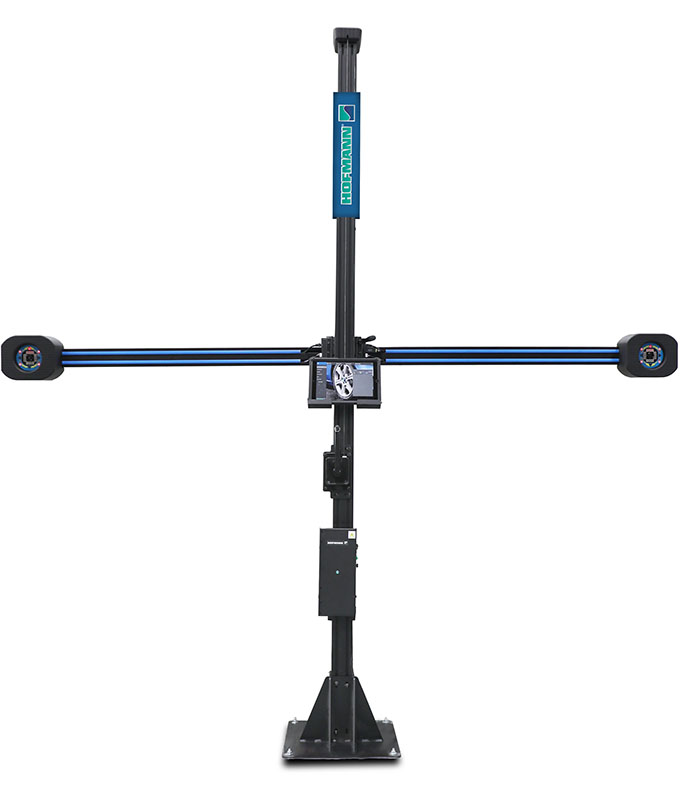

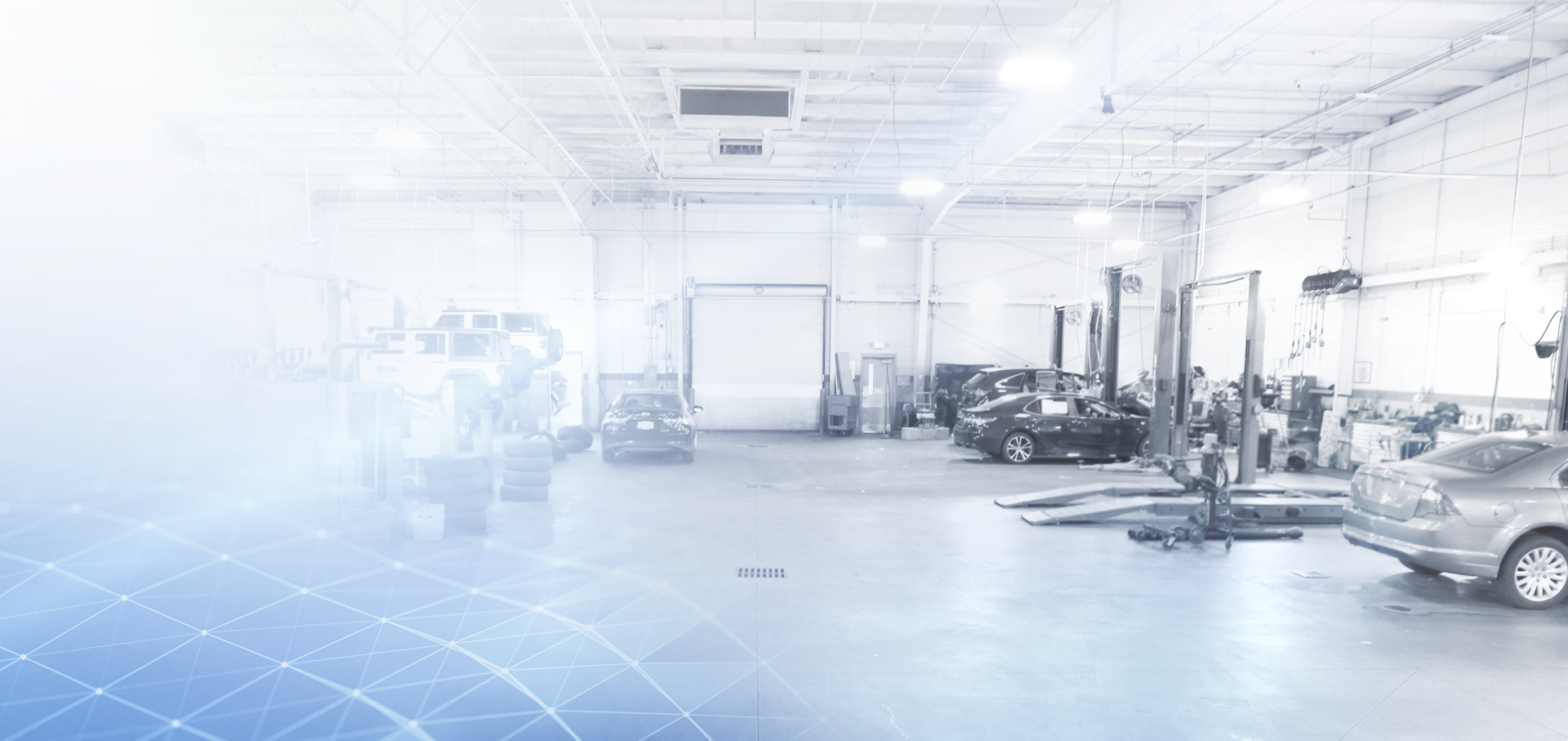
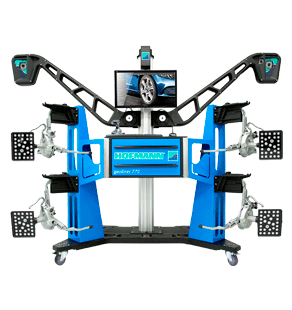 Wheel Aligners
Wheel Aligners
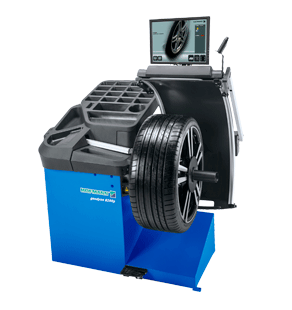 Wheel Balancers
Wheel Balancers
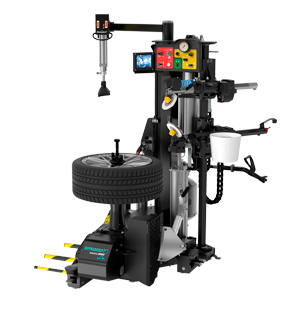 Tire Changers
Tire Changers
 Lifts
Lifts



